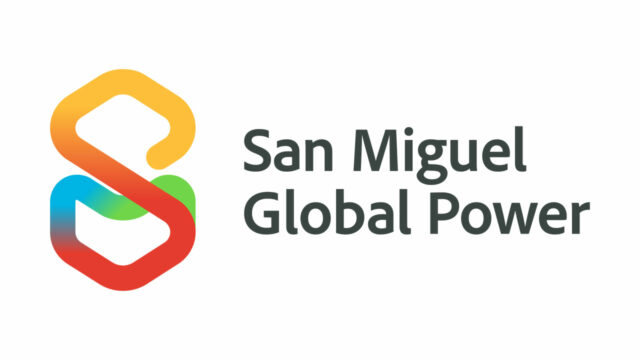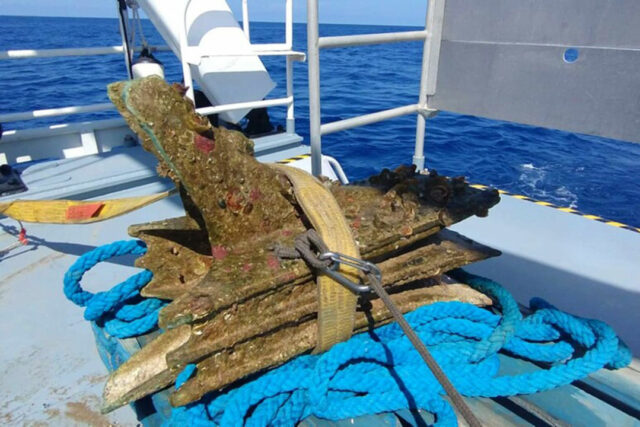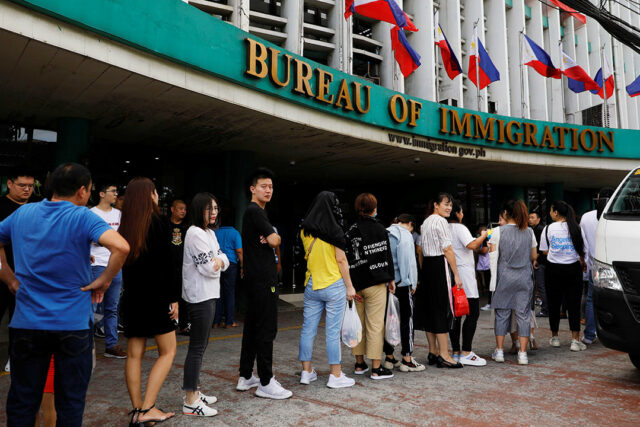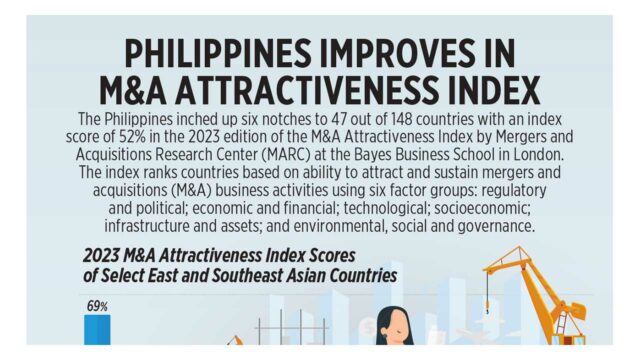The national budget is the key to unlocking our economic and social goals
Government leaders can promise to make certain issues a priority, or commit to supporting a particular sector. Beyond mere rhetoric, however, the national budget is the true test of what the government believes is important.
If we are to go by the proposal of the Department of Budget and Management (DBM), the 2025 budget will be in the amount of P6.352 trillion, which is 10% higher than the approved budget of P5.768 trillion for this year.
The education sector remains the top priority of the government, set to receive P977.6 billion. This amount is an P8.7-billion increase from this year. Public works is next at P900 billion, with the budget slightly lower from its P997.9 billion allocation this year. Other priority sectors are health (P297.6 billion), interior and local government (P278.4 billion), defense (P256.1 billion), social welfare (P230.1 billion), and agriculture (P211.3 billion).
From a sectoral view, the social services sector with P2.21 trillion accounts for 33.4% of the total, followed by economic services with 29.2%, general public services with 17.1%, defense with 6.6%. Finally, the DBM allotted P876.7 billion or 13.8% of the total for the debt burden.
The latest data from the Philippine Statistics Authority (PSA) show that the Philippine economy remains stable and resilient. Gross domestic product (GDP) grew 6.3% in the second quarter, picking up from the 5.8% growth observed in the first quarter. The major economic sectors Industry and Services grew by 7.7% and 6.8%, respectively, compensating for the 2.3% contraction in the Agriculture, Forestry, and Fishing sector. In addition, the Philippines’ GDP growth was second only to Vietnam’s 6.9% in the region.
Unemployment in June 2024 declined to 3.1%, meaning there are now 1.62 million fewer unemployed Filipinos compared to the previous period. However, underemployment — the percentage of Filipinos with a desire to put in additional hours of work in their current job, to have an additional job, or to have a new job with longer hours — increased to 12.1%, representing 6.08 million of the 50.28 million employed individuals.
One gut issue that should be of immediate concern is the uptick in the inflation rate, which increased to 4.4% in July 2024 from 3.7% in June. The PSA said this was because of the higher year-on-year increases in the indices for housing, water, electricity, gas and other fuels, as well as food and non-alcoholic beverages. Specifically, food inflation at the national level rose slightly to 6.7% in July 2024, from 6.5% in June 2024.
The government has set economic, social, and national security as its priority. Key themes include developing and protecting the capabilities of individuals and families, the transformation of production sectors to generate more quality jobs and competitive products, and the creation of an enabling environment for business and investments to thrive.
Given these challenges amid the relative resilience of the economy, we should be mindful of how the national budget is crafted. Filipinos — not just lawmakers who hold the purse strings or the Executive that actually implements government programs — need to look closely at how the budget is crafted and whether the items in it are aligned to the country’s overall direction and vision. Now, more than ever, we must scrutinize how public funds are being spent, and whether projects are implemented as planned and in a timely manner.
This is the essence of several pending bills — 12 at the House of Representatives and two at the Senate — all falling under the Progressive Budgeting for Better and Modernized (PBBM) Governance. It boggles the mind why, given their centrality to the Marcos Jr. Administration’s agenda, they are not among the priorities of the Legislative Executive Development Advisory Council (LEDAC) and as such, will likely not be approved during the 19th Congress.
Budget and Management Secretary Amenah Pangandaman is urging lawmakers to pass this PBBM Governance Bill. This aims to institutionalize three best practices in public financial management. It is important to note that these initiatives are not new — instead, they were begun in previous administrations.
The institutionalization of the Treasury Single Account, from the Aquino III administration, will rationalize agency bank accounts leading to a more economical cash management system. It will provide a holistic view of the cash position of the government. A direct benefit would be a reduction in borrowing costs that arise from cash shortages.
Another initiative from Aquino III — in fact, an Executive Order on this was issued in 2011 — is the adoption of an Integrated Financial Management Information System. This is an IT solution that organizes digitized government financial information to improve the preparation, management, execution, and financial reporting of the budget.
Finally, the institutionalization of the Cash Budgeting System for fiscal discipline was first implemented in 2018 by the Duterte administration, under then-Budget Secretary Benjamin Diokno. This system limited the validity of the budget to a year in order to force agencies to practice fiscal discipline. With the shorter period of implementation, agencies are forced to ensure that only properly planned programs, projects, and activities were proposed for budgeting.
We echo the call of Secretary Pangandaman. Let’s make the budget really work for the people.
Victor Andres “Dindo” C. Manhit is the president of the Stratbase ADR Institute.














